Description
Paul Klee (18 December 1879 – 29 June 1940) was a Swiss-born German artist. His highly individual style was influenced by movements in art that included expressionism, cubism, and surrealism. Klee was a natural draftsman who experimented with and eventually deeply explored color theory, writing about it extensively; his lectures Writings on Form and Design Theory (Schriften zur Form und Gestaltungslehre), published in English as the Paul Klee Notebooks, are held to be as important for modern art as Leonardo da Vinci’s A Treatise on Painting for the Renaissance. He and his colleague, Russian painter Wassily Kandinsky, both taught at the Bauhaus school of art, design and architecture in Germany. His works reflect his dry humor and his sometimes childlike perspective, his personal moods and beliefs, and his musicality.
Paul Klee was born in Münchenbuchsee, Switzerland, as the second child of German music teacher Hans Wilhelm Klee (1849–1940) and Swiss singer Ida Marie Klee, born Frick (1855–1921). Under Swiss law citizenship was defined by the father’s nationality and Klee thus inherited his father’s German citizenship. His father came from Tann and studied singing, piano, organ and violin at the Stuttgart Conservatory, where he met his future wife Ida Frick. Hans Wilhelm Klee was active as a music teacher at the Bern State Seminary in Hofwil near Bern until 1931. Klee was able to develop his music skills as his parents encouraged and inspired him throughout his life. In 1880, his family moved to Bern, where they eventually, in 1897, after a number of changes of residence, moved into their own house in the Kirchenfeld district. From 1886 to 1890, Klee visited primary school and received, at the age of 7, violin classes at the Municipal Music School. He was so talented on violin that, aged 11, he received an invitation to play as an extraordinary member of the Bern Music Association.
In his early years, following his parents’ wishes, Klee focused on becoming a musician; but he decided on the visual arts during his teen years, partly out of rebellion and partly because modern music lacked meaning for him. He stated, “I didn’t find the idea of going in for music creatively particularly attractive in view of the decline in the history of musical achievement.” As a musician, he played and felt emotionally bound to traditional works of the eighteenth and nineteenth century, but as an artist he craved the freedom to explore radical ideas and styles. At sixteen, Klee’s landscape drawings already show considerable skill.
Around 1897, Klee started his diary, which he kept until 1918, and which has provided scholars with valuable insight into his life and thinking. During his school years, he avidly drew in his school books, in particular drawing caricatures, and already demonstrating skill with line and volume. He barely passed his final exams at the “Gymnasium” of Bern, where he qualified in the Humanities. With his characteristic dry wit, he wrote, “After all, it’s rather difficult to achieve the exact minimum, and it involves risks.” On his own time, in addition to his deep interests in music and art, Klee was a great reader of literature, and later a writer on art theory and aesthetics.
With his parents’ reluctant permission, in 1898 Klee began studying art at the Academy of Fine Arts in Munich with Heinrich Knirr and Franz von Stuck. He excelled at drawing but seemed to lack any natural color sense. He later recalled, “During the third winter I even realized that I probably would never learn to paint.” During these times of youthful adventure, Klee spent much time in pubs and had affairs with lower-class women and artists’ models. He had an illegitimate son in 1900 who died several weeks after birth.
After receiving his Fine Arts degree, Klee traveled in Italy from October 1901 to May 1902 with friend Hermann Haller. They visited Rome, Florence, Naples and the Amalfi Coast, studying the master painters of past centuries. He exclaimed, “The Forum and the Vatican have spoken to me. Humanism wants to suffocate me.” He responded to the colors of Italy, but sadly noted, “that a long struggle lies in store for me in this field of color.” For Klee, color represented the optimism and nobility in art, and a hope for relief from the pessimistic nature he expressed in his black-and-white grotesques and satires. Returning to Bern, he lived with his parents for several years, and took occasional art classes. By 1905, he was developing some experimental techniques, including drawing with a needle on a blackened pane of glass, resulting in fifty-seven works including his Portrait of My Father (1906). In the years 1903–05 he also completed a cycle of eleven zinc-plate etchings called Inventions, his first exhibited works, in which he illustrated several grotesque characters. He commented, “though I’m fairly satisfied with my etchings I can’t go on like this. I’m not a specialist.” Klee was still dividing his time with music, playing the violin in an orchestra and writing concert and theater reviews.
Klee married Bavarian pianist Lily Stumpf in 1906 and they had one son named Felix Paul in the following year. They lived in a suburb of Munich, and while she gave piano lessons and occasional performances, he kept house and tended to his art work. His attempt to be a magazine illustrator failed. Klee’s art work progressed slowly for the next five years, partly from having to divide his time with domestic matters, and partly as he tried to find a new approach to his art. In 1910, he had his first solo exhibition in Bern, which then travelled to three Swiss cities.
In January 1911 Alfred Kubin met Klee in Munich and encouraged him to illustrate Voltaire’s Candide. His resultant drawings were published later in a 1920 version of the book edited by Kurt Wolff. Around this time, Klee’s graphic work increased. His early inclination towards the absurd and the sarcastic was well received by Kubin, who befriended Klee and became one of his first significant collectors. Klee met, through Kubin, the art critic Wilhelm Hausenstein in 1911. Klee was a foundation member and manager of the Munich artists’ union Sema that summer. In autumn he made an acquaintance with August Macke and Wassily Kandinsky, and in winter he joined the editorial team of the almanac Der Blaue Reiter, founded by Franz Marc and Kandinsky. On meeting Kandinsky, Klee recorded, “I came to feel a deep trust in him. He is somebody, and has an exceptionally beautiful and lucid mind.” Other members included Macke, Gabriele Münter and Marianne von Werefkin. Klee became in a few months one of the most important and independent members of the Blaue Reiter, but he was not yet fully integrated.
The release of the almanac was delayed for the benefit of an exhibition. The first Blaue Reiter exhibition took place from 18 December 1911 to 1 January 1912 in the Moderne Galerie Heinrich Thannhauser in Munich. Klee did not attend it, but in the second exhibition, which occurred from 12 February to 18 March 1912 in the Galerie Goltz, 17 of his graphic works were shown. The name of this art exhibition was Schwarz-Weiß, as it only regarded graphic painting. Initially planned to be released in 1911, the release date of the Der Blau Reiter almanac by Kandinsky and Marc was delayed in May 1912, including the reproduced ink drawing Steinhauer by Klee. At the same time, Kandinsky published his art history writing Über das Geistige in der Kunst.
The association opened Klee’s mind to modern theories of color. His travels to Paris in 1912 also exposed him to the ferment of Cubism and the pioneering examples of “pure painting”, an early term for abstract art. The use of bold color by Robert Delaunay and Maurice de Vlaminck also inspired him. Rather than copy these artists, Klee began working out his own color experiments in pale watercolors and did some primitive landscapes, including In the Quarry (1913) and Houses near the Gravel Pit (1913), using blocks of color with limited overlap. Klee acknowledged that “a long struggle lies in store for me in this field of color” in order to reach his “distant noble aim.” Soon, he discovered “the style which connects drawing and the realm of color.”
Klee’s artistic breakthrough came in 1914 when he briefly visited Tunisia with August Macke and Louis Moilliet and was impressed by the quality of the light there. He wrote, “Color has taken possession of me; no longer do I have to chase after it, I know that it has hold of me forever… Color and I are one. I am a painter.” With that realization, faithfulness to nature faded in importance. Instead, Klee began to delve into the “cool romanticism of abstraction”. In gaining a second artistic vocabulary, Klee added color to his abilities in draftsmanship, and in many works combined them successfully, as he did in one series he called “operatic paintings”. One of the most literal examples of this new synthesis is The Bavarian Don Giovanni (1919).
After returning home, Klee painted his first pure abstract, In the Style of Kairouan (1914), composed of colored rectangles and a few circles. The colored rectangle became his basic building block, what some scholars associate with a musical note, which Klee combined with other colored blocks to create a color harmony analogous to a musical composition. His selection of a particular color palette emulates a musical key. Sometimes he uses complementary pairs of colors, and other times “dissonant” colors, again reflecting his connection with musicality.
A few weeks later, World War I began. At first, Klee was somewhat detached from it, as he wrote ironically, “I have long had this war in me. That is why, inwardly, it is none of my concern.” Klee was conscripted as a Landsturmsoldat (soldier of the reserve forces in Prussia or Imperial Germany) on 5 March 1916. The deaths of his friends August Macke and Franz Marc in battle began to affect him. Venting his distress, he created several pen and ink lithographs on war themes including Death for the Idea (1915). After finishing the military training course, which began on 11 March 1916, he was committed as a soldier behind the front. Klee moved on 20 August to the aircraft maintenance company in Oberschleissheim, executing skilled manual work, such as restoring aircraft camouflage, and accompanying aircraft transports. On 17 January 1917, he was transferred to the Royal Bavarian flying school in Gersthofen (which 54 years later became the USASA Field Station Augsburg) to work as a clerk for the treasurer until the end of the war. This allowed him to stay in a small room outside of the barrack block and continue painting.
He continued to paint during the entire war and managed to exhibit in several shows. By 1917, Klee’s work was selling well and art critics acclaimed him as the best of the new German artists. His Ab ovo (1917) is particularly noteworthy for its sophisticated technique. It employs watercolor on gauze and paper with a chalk ground, which produces a rich texture of triangular, circular, and crescent patterns. Demonstrating his range of exploration, mixing color and line, his Warning of the Ships (1918) is a colored drawing filled with symbolic images on a field of suppressed color.
In 1919, Klee applied for a teaching post at the Academy of Art in Stuttgart. This attempt failed but he had a major success in securing a three-year contract (with a minimum annual income) with dealer Hans Goltz, whose influential gallery gave Klee major exposure, and some commercial success. A retrospective of over 300 works in 1920 was also notable.
Klee taught at the Bauhaus from January 1921 to April 1931. He was a “Form” master in the bookbinding, stained glass, and mural painting workshops and was provided with two studios. In 1922, Kandinsky joined the staff and resumed his friendship with Klee. Later that year the first Bauhaus exhibition and festival was held, for which Klee created several of the advertising materials. Klee welcomed the many conflicting theories and opinions within the Bauhaus: “I also approve of these forces competing one with the other if the result is achievement.”
Klee was also a member of Die Blaue Vier (The Blue Four), with Kandinsky, Lyonel Feininger, and Alexej von Jawlensky; formed in 1923, they lectured and exhibited together in the US in 1925. That same year, Klee had his first exhibits in Paris, and he became a hit with the French Surrealists. Klee visited Egypt in 1928, which impressed him less than Tunisia. In 1929, the first major monograph on Klee’s work was published, written by Will Grohmann.
Klee also taught at the Düsseldorf Academy from 1931 to 1933, and was singled out by a Nazi newspaper, “Then that great fellow Klee comes onto the scene, already famed as a Bauhaus teacher in Dessau. He tells everyone he’s a thoroughbred Arab, but he’s a typical Galician Jew.” His home was searched by the Gestapo and he was fired from his job. His self-portrait Struck from the List (1933) commemorates the sad occasion. In 1933–34, Klee had shows in London and Paris, and finally met Pablo Picasso, whom he greatly admired. The Klee family emigrated to Switzerland in late 1933.
Klee was at the peak of his creative output. His Ad Parnassum (1932) is considered his masterpiece and the best example of his pointillist style; it is also one of his largest, most finely worked paintings. He produced nearly 500 works in 1933 during his last year in Germany. However, in 1933, Klee began experiencing the symptoms of what was diagnosed as scleroderma after his death. The progression of his fatal disease, which made swallowing very difficult, can be followed through the art he created in his last years. His output in 1936 was only 25 pictures. In the later 1930s, his health recovered somewhat and he was encouraged by a visit from Kandinsky and Picasso. Klee’s simpler and larger designs enabled him to keep up his output in his final years, and in 1939 he created over 1,200 works, a career high for one year. He used heavier lines and mainly geometric forms with fewer but larger blocks of color. His varied color palettes, some with bright colors and others somber, perhaps reflected his alternating moods of optimism and pessimism. Back in Germany in 1937, seventeen of Klee’s pictures were included in an exhibition of “Degenerate art” and 102 of his works in public collections were seized by the Nazis.
Klee suffered from an autoimmune disease, scleroderma, toward the end of his life, enduring pain that seems to be reflected in his last works of art. One of his last paintings, Death and Fire, features a skull in the center with the German word for death, “Tod”, appearing in the face. He died in Muralto, Locarno, Switzerland, on 29 June 1940 without having obtained Swiss citizenship, despite his birth in that country.[ His art work was considered too revolutionary, even degenerate, by the Swiss authorities, but eventually they accepted his request six days after his death. His legacy comprises about 9,000 works of art. The words on his tombstone, Klee’s credo, placed there by his son Felix, say, “I cannot be grasped in the here and now, for my dwelling place is as much among the dead as the yet unborn. Slightly closer to the heart of creation than usual, but still not close enough.” He was buried at Schosshaldenfriedhof, Bern, Switzerland.


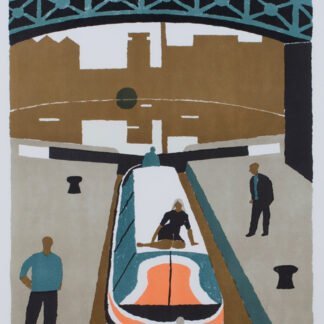
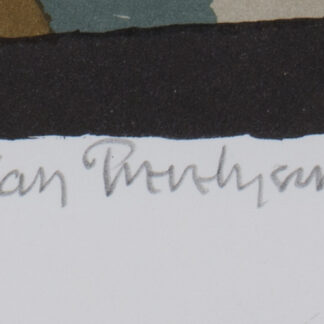
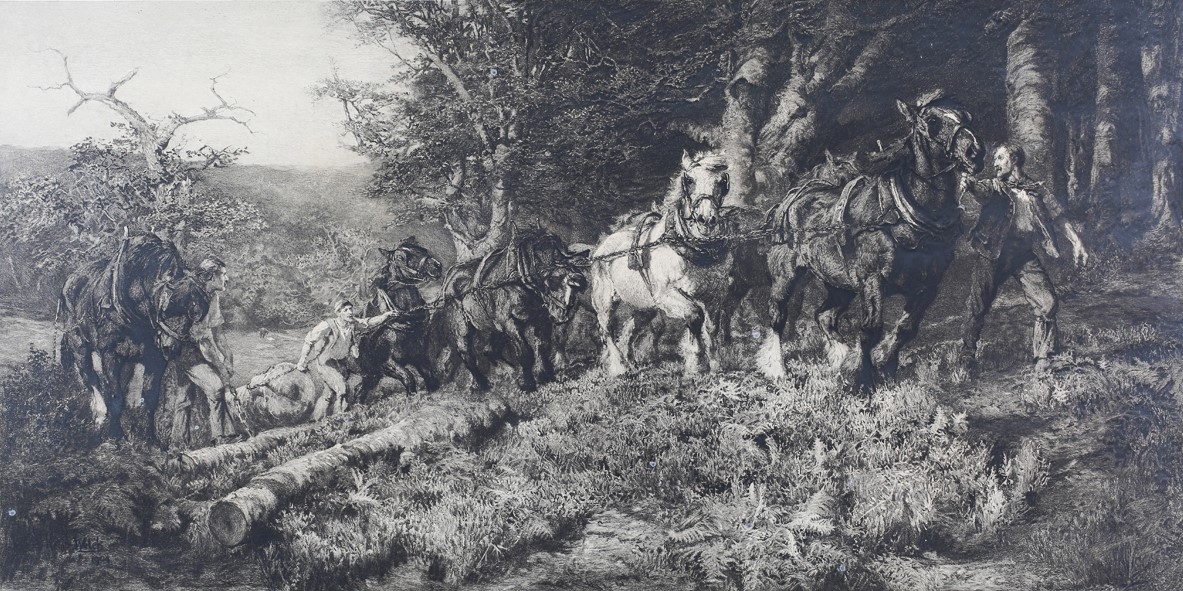
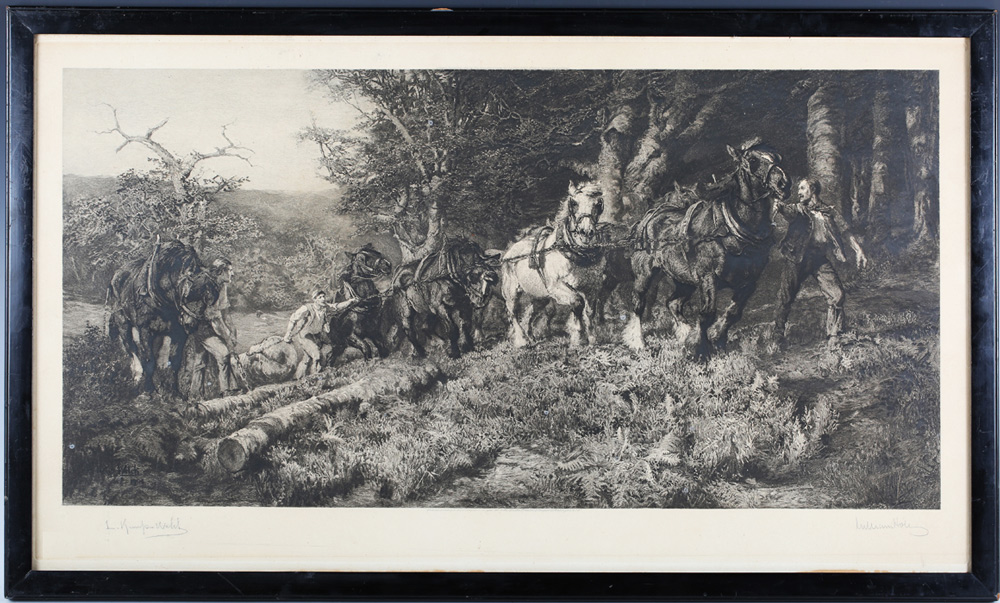
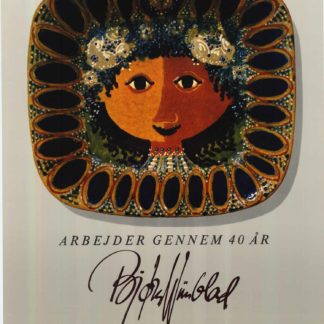
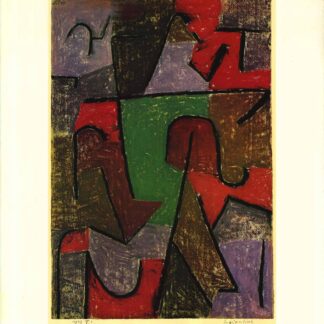

Reviews
There are no reviews yet.